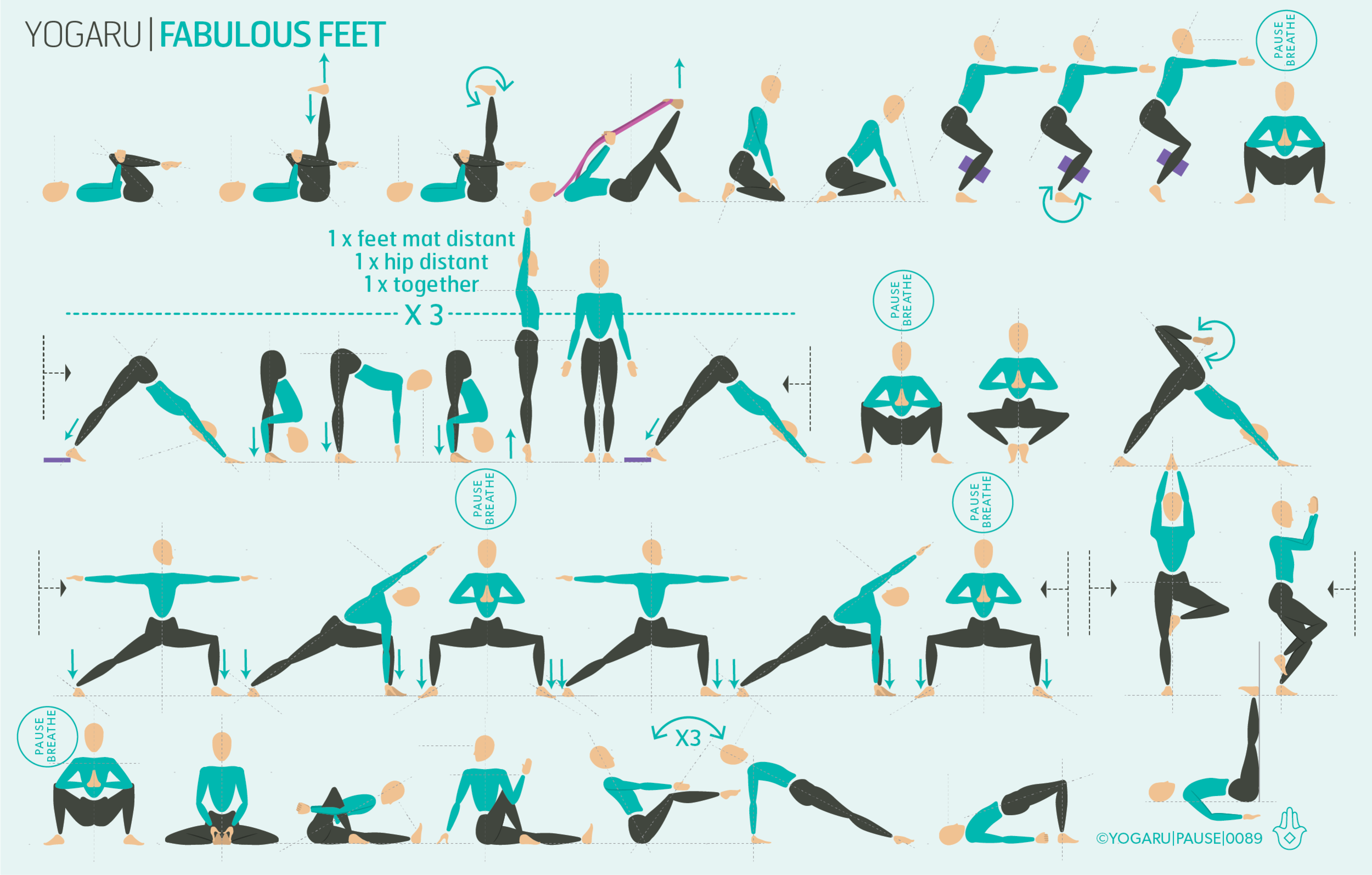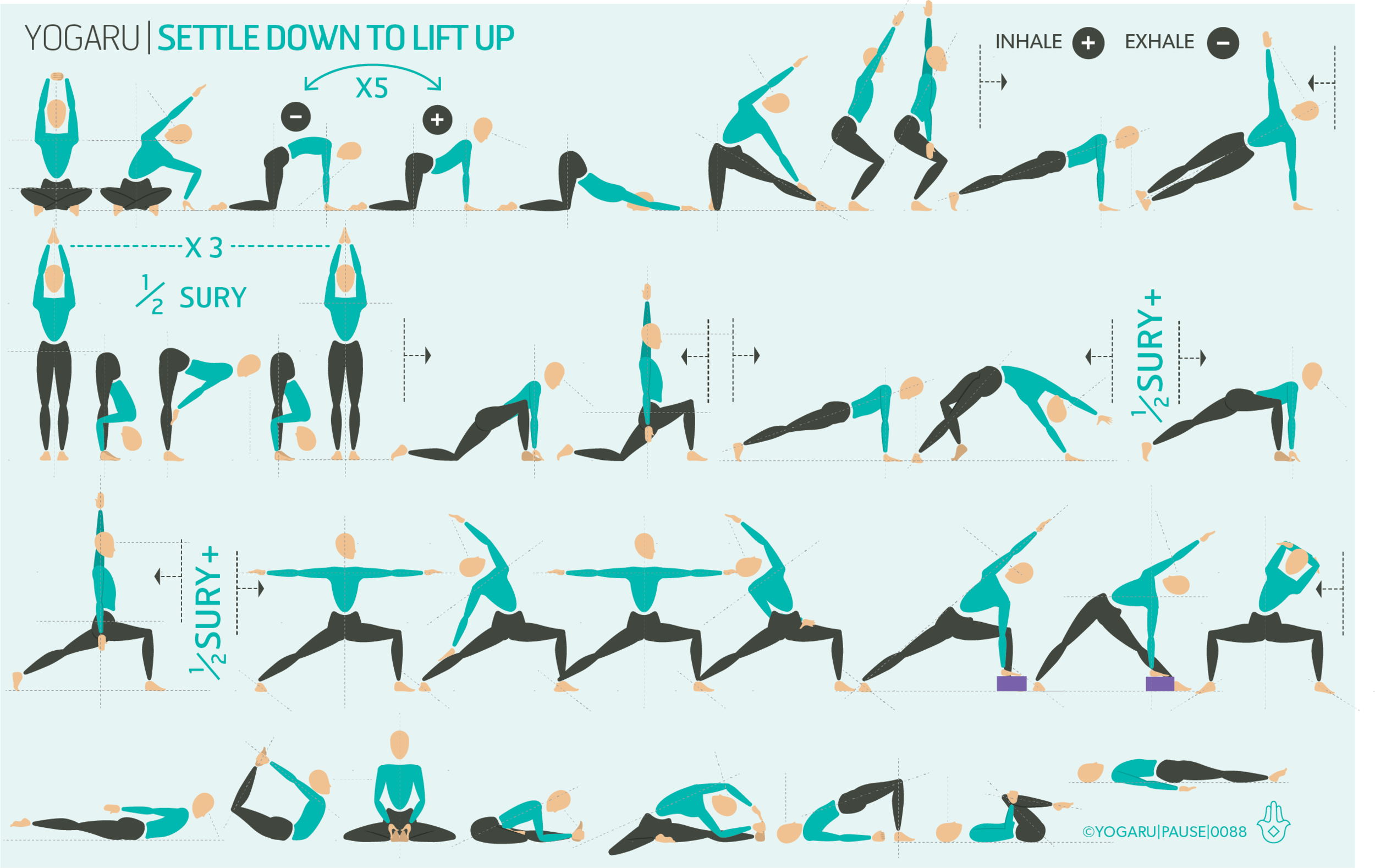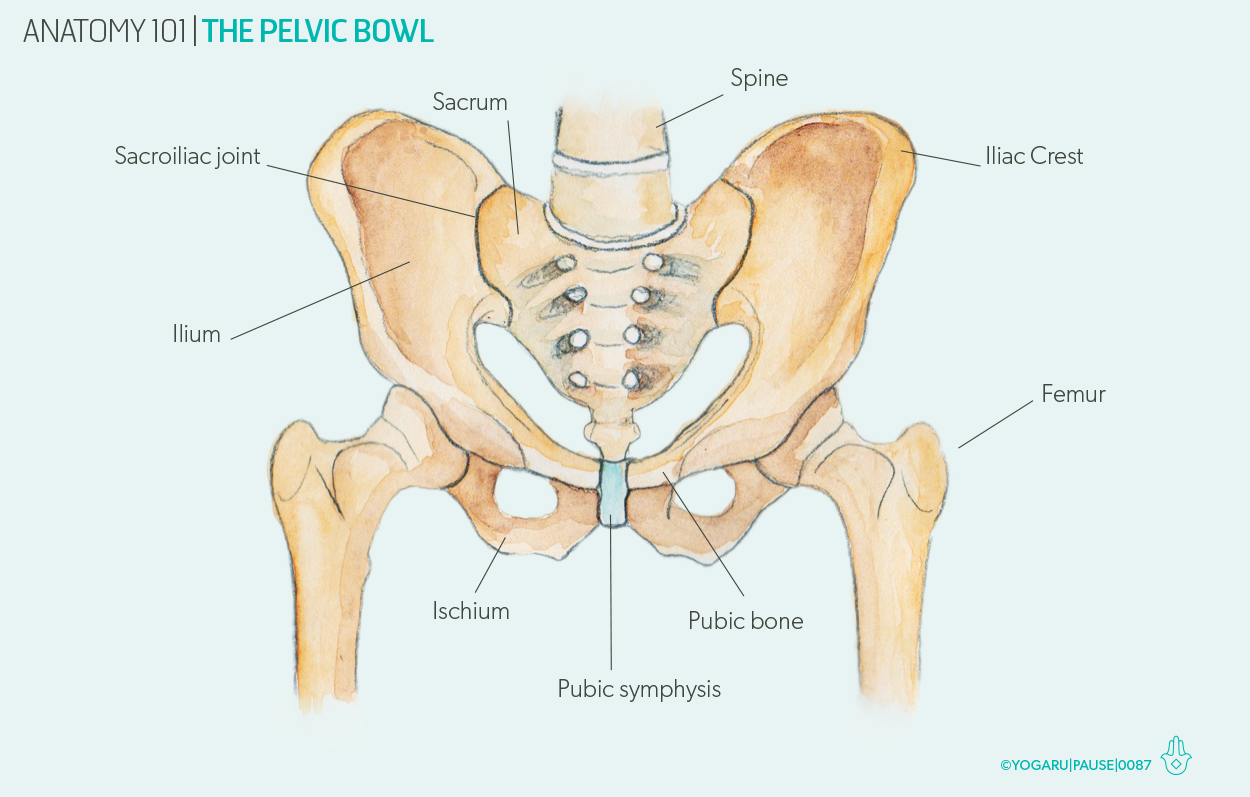FOOT LOVE
Love them or hate them our feet are the foundation of all movement. We carry the entire weight of our bodies on this disproportionately small surface and they rarely complain. Our feet were designed to be barefoot like our prehistoric relations. Back then the muscles of our feet would be acutely tuned to sensations from the constantly changing terrain and send feedback to your brain to allow you to move safely. Shoes have become our feets worst enemy. They numb this feedback and over support the arches of our feet, causing the complicated network of muscles to become weakened. The body is a finely tuned feat of nature, and when we intervene it inevitably throws this delicate balance and increases incidences of imbalance. For more information on the anatomy of the foot have a read of Anatomy 101 - Find your feet. If you’re interested in reconnecting with your feet your everyday movement I recommend you checkout Vivo Barefoot and have a read of Favourite finds for June for my review on Vivos.
RECONNECT TO THE EARTH
Yoga gives our feet the well needed chance to reconnect with their purpose in life and fire up those sleeping muscles again. During your practice imagine roots growing from the soles of your feet hooking into the soil and supporting you. Feel the weight of the body bound into this support and a rebound of energy coming from this strong connection. Rooting down and having a solid foundation will help you establish a supportive and stable base to grow each pose from.
EXPLORING YOUR FABULOUS FEET IN YOUR PRACTICE
Incorporating some foot stretching at the start of your practice will help you link into the sensations. Start your yoga practice in a standing position and explore the three points of each foot: the ball of the big toe, ball of the little toe and middle of the heel; and root down into them equally, while at the same time feeling a lift in the arches. When we root down into the three points, the arches natural lift into a triangular dome shape. This action is called Pada Bandha (foot energy lock) – it brings an awakening and energy to the leg muscles that travels up the entire body. Building strong and flexible feet will help you find your foundation in your yoga practice, cultivating a flow of energy from the ground up. You’ll find that when you take time to focus on the placement of your feet in standing poses the rooting-down effect will naturally help you achieve better alignment.
ALIGNMENT CUES
As you practise this sequence pay particular attention to the soles of your feet. Check their position and scan up the body to see what effect this has on your knees, hips, spine and shoulders. Our peak pose for this sequence is Utkata Konasana/Goddess. Come back to those three points in your feet and check have you got equal weight in each point. The challenge in this pose is to find the inner arch of your feet. Press strongly into your big toe mound to lift this inner arch and open the inner groin.
From Tadasana/Mountain, hands on hips, step your left foot out into a wide stance to face the side of your mat, rotate your feet out at a 45 degree angle.
Inhale, lift your inner thighs and lengthen up through your spine. Exhale, bend your knees and lower your hips down, stack your knees over your ankles, thighs working towards being parallel to the ground. Tailbone reaches down, hipbones reach up.
Hands in prayer position at your heart, sternum presses into your hands and hands press into your sternum, gaze forward.
To save the images for personal use click and hold down the image until the ‘save image’ option appears; on Mac hold down ‘control’ and click the image to get the option box; on PC right click on the image to get the option box. Scroll down in the ‘option box’ and click ‘save image’.
Ruth Delahunty Yogaru





